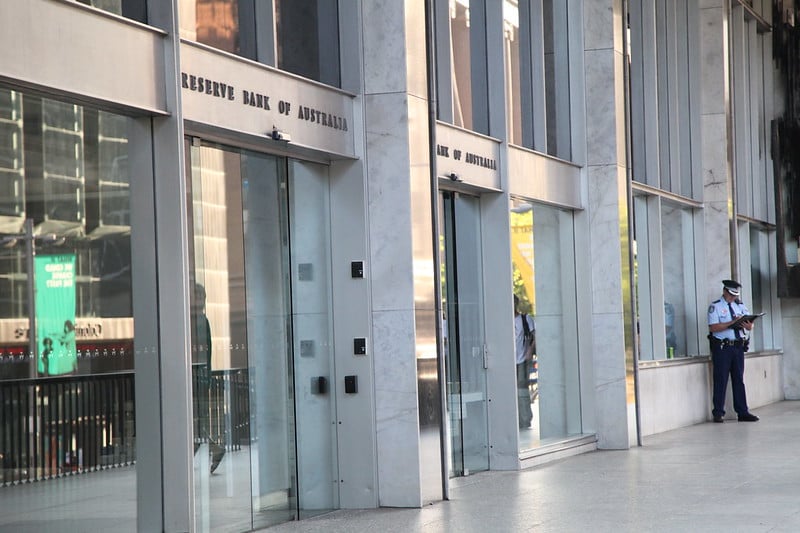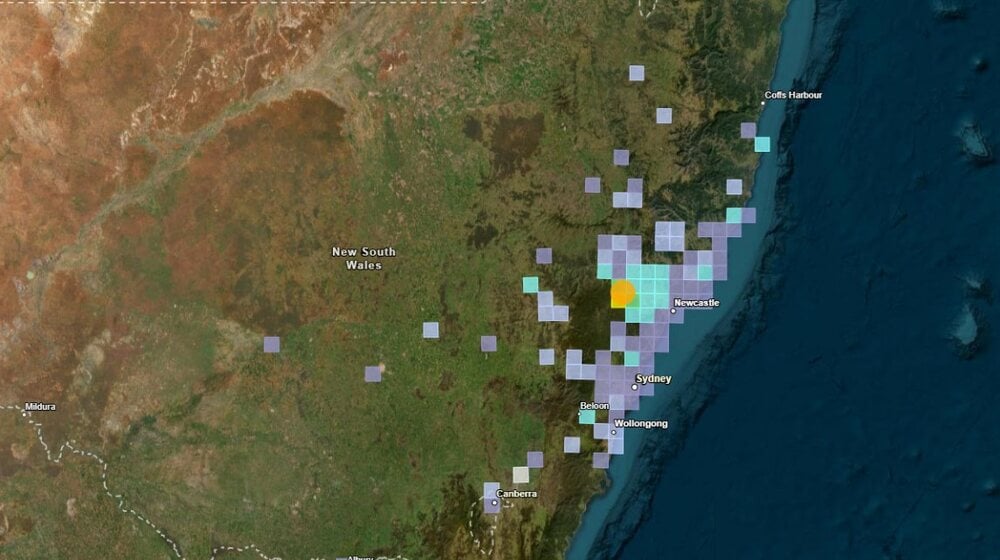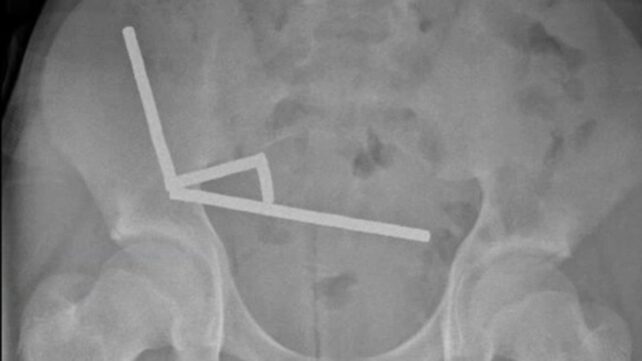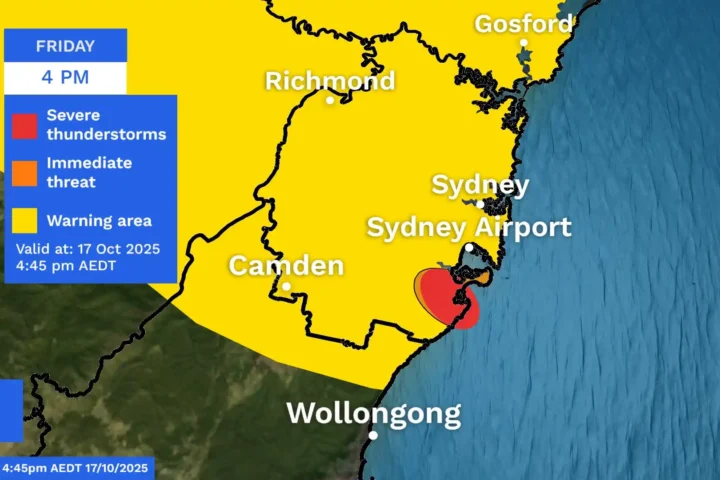After years of pain for borrowers, Australia’s interest rate cycle has finally turned. The Reserve Bank of Australia (RBA) made its first cut in February 2025, dropping the cash rate to 4.10%, and held steady in April. Now the question on everyone’s mind: what happens next?
NAB Goes Bold with Double Cut Forecast
National Australia Bank (NAB) has broken ranks with the other major banks, predicting a hefty 50 basis point cut in May 2025.
“We expect the RBA to cut the cash rate by 50 basis points in May, followed by 25 basis point cuts in July, August, November, and February,” NAB stated in its April 10 monetary policy update. They project the cash rate will bottom out at 2.6% by early 2026.
NAB’s aggressive forecast stems from several factors: cooling inflation, weaker consumer spending, slower wage growth, and global economic headwinds—particularly from potential US tariffs impacting Asian trade.
The bank has also revised its economic outlook, cutting its GDP growth forecast for 2025 to 2.0% (down from 2.4%) and predicting unemployment will peak at 4.4% before settling around 4.1% by late 2026.
Other Big Four Banks Stay Conservative
The rest of Australia’s major banks expect a more measured approach:
- Commonwealth Bank (CBA): Forecasts three cuts in May, August and November, bringing the cash rate to 3.35% by year-end
- Westpac: Predicts three cuts in May, August and November, bringing the cash rate to 3.35%
- ANZ: Expects three cuts in May, July and August, reaching 3.35%
CBA believes a May rate cut is a “done deal” if inflation comes in as expected. The bank forecasts headline inflation to fall to 2.3% and trimmed mean inflation (the RBA’s preferred measure) to reach 2.8% annually.
“If the trimmed mean CPI is in line with our forecast (or below), then we consider a rate cut in May is a done deal,” said CBA senior economist Stephen Wu.
According to Canstar figures cited by CBA, a 25 basis point rate cut would reduce monthly repayments by $91 on a $600,000 mortgage.
Similar Posts
RBA Keeps Its Options Open
The RBA, under Governor Michele Bullock, maintains a cautious, data-driven stance. While the February cut signaled a shift in monetary policy direction, the central bank isn’t committing to a predetermined path.
In its April meeting minutes, the RBA noted that “May would be an opportune time to revisit the monetary policy setting with the benefit of additional data about inflation, wages, the labor market and trends in economic activity, along with a fresh set of economic forecasts and further information about the likely evolution of global trade policies.”
This careful language emphasizes the RBA’s focus on actual economic data rather than market expectations.
Key Factors Driving RBA Decisions
Several elements will influence the RBA’s rate path:
- Inflation Progress: The most critical factor is whether inflation continues trending toward the RBA’s 2-3% target band. March quarter inflation figures (released April 30) will be pivotal.
- Labor Market Conditions: Despite some softening, Australia’s job market remains relatively tight. Westpac economist Ryan Wells noted recent employment data showed “the unemployment rate increasing only 0.01 percentage points” and still reflects “a degree of ‘tightness’ relative to full employment.”
- Consumer Spending: Household spending has weakened, potentially supporting the case for rate cuts to stimulate economic activity.
- Global Economy: International developments, especially US trade policies and geopolitical tensions, add uncertainty to Australia’s economic outlook.

Markets vs. RBA: Who’s Right?
Financial markets have fully priced in a 25 basis point cut in May, according to Bloomberg futures pricing. They also anticipate further cuts through 2025, potentially bringing the cash rate close to NAB’s projected levels.
This market confidence contrasts with the RBA’s careful messaging, creating potential for market volatility if the central bank moves more slowly than traders expect.
For borrowers and investors, the divergent forecasts among major banks highlight the uncertainty ahead. Whether the RBA opts for NAB’s aggressive path or the more measured approach predicted by the other major banks will become clearer at the critical May 19-20 meeting.
What’s certain is that after the upward rate cycle that squeezed household budgets, the direction has changed. The only questions are how fast and how far rates will fall.
















